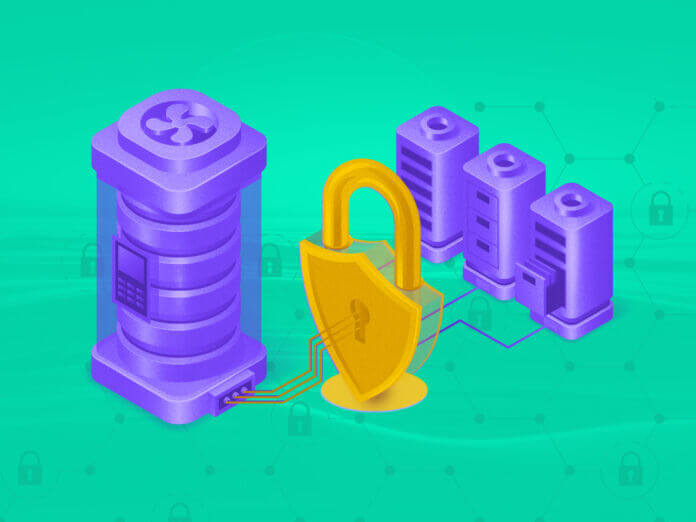
By Devin Partida – May 1, 2024
Collected at : https://www.iotforall.com/the-role-of-data-provenance-in-securing-iot-ecosystems
Internet of Things (IoT) applications are only as effective as the sensor data they transmit and act on. The information produced by these systems must satisfy various security requirements to be practically useful, including its provenance, which allows users to trust the origin and ownership of the data.
Importance of Data Provenance in IoT Ecosystem Security
Unverified or dubious IoT data threatens the security and integrity of the entire ecosystem. Consider what might happen in a typical smart home setting if the device controlling the garage door received external data to open. That would compromise the security of the whole house. The ramifications would be much worse in commercial applications like interconnected farms and smart city operations.
The sheer volume of data processed in a typical IoT ecosystem increases the likelihood of cyberattacks, especially since each piece of technology is a potential gateway. In 2022, there was a 77% increase in malware attacks on IoT systems and the volume will likely keep rising as everyday processes become more interconnected.
That’s precisely why data provenance is crucial to a secure IoT infrastructure. Understanding where data comes from, how it is collected, and what changes it has undergone from the point of origin to the receiving device can ensure its integrity.
Tracking Data Origin
Determining where data originates is at the heart of data provenance. If the interconnected network is using data it can’t track back to its origins, then the information transmitted and resulting analytics aren’t reliable.
Establishing the data’s source is also vital to protecting sensitive information from unauthorized access. Data provenance facilitates error detection, allowing users to identify the root cause of discrepancies and anomalies.
Fostering Transparency
Data provenance in IoT environments fosters traceability and better operational transparency. It allows users to establish a benchmark for the validity of sensor information as it moves from one device to another. Increased visibility into the data transfer process is crucial for maintaining the integrity of the network.
Using the Right Data
A key aspect of data provenance is sourcing and using the correct data as intended. If the information being transferred is irrelevant to the application, the system cannot function expectedly. Even if the data is relevant, it doesn’t mean it came from a trusted source without origin tracing.
Implementing Data Provenance in IoT Systems
Establishing data’s genuine source and validity within a highly interconnected environment can be complex. These technologies can streamline provenance in IoT systems and enhance overall security.
Blockchain
The immutability factor inherent in blockchain technology makes it a valuable tool for facilitating secure data transfer within an IoT ecosystem. Since blockchain records are stored and verified across a distributed network, they cannot be altered unless a hacker controls the entire network. Such an effort will require massive computing power and potentially years of sustained, targeted attacks, making it virtually impossible.
Blockchain data also boasts incredible transparency. Anyone can look up specific block information and trace the transaction history to its origin. Employing these features within an IoT framework makes provenance across the network easier to accomplish.
Machine Learning Models
AI-powered machine learning systems can facilitate quicker, more reliable data provenance by analyzing large volumes of transaction data to identify anomalies indicative of tampering. This is an important feature for tracing modifications to data streams across the IoT ecosystem.
AI is also crucial to ensuring a more robust cybersecurity framework for all interconnected devices. Advanced models can even automatically respond to attacks and adapt to evolving threats.
Time Stamping
Time stamping is an increasingly valuable complement to data provenance by providing a verifiable record of the exact time a specific event or transaction occurred within a digital system. Such precision allows interconnected devices to sync up and communicate effectively.
Time stamps also provide reference points for tracking data flow. Even if external data gets into an IoT environment, it’s easy to identify precisely when it was introduced and how many devices have acted on the information.
Challenges in Maintaining A Robust Provenance Framework
One of the main challenges in data provenance is the massive volume and complexity of data. Consider how much data flows through the IoT framework of a smart city and the number of individual sources from where it originates. Tracking and verifying the lineage of each data point becomes increasingly difficult.
The growing number of interconnected systems further compounds this challenge. Research shows there are approximately 17.08 billion IoT devices worldwide, with the figure expected to double by 2030. More devices mean more complicated data tracing, making it necessary to create standardized methods for tracking and interpreting data provenance information.
Lastly, ensuring the trustworthiness and authenticity of data sources hinges on the reliability of the verification mechanisms used. If these systems are compromised, they cannot be trusted to ensure data integrity.
Data Provenance for Secure IoT Applications
IoT environments automate processes using distributed data. As such, maintaining the history of data creation, modification, and transfer has become paramount to fostering security and reliability across the ecosystem. Failing to do so creates opportunities for cybercriminals to fabricate data to manipulate decision-making processes.

Leave a Reply